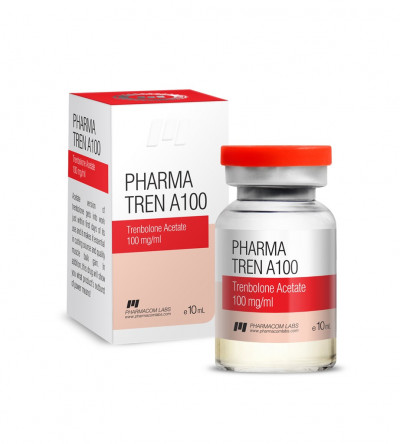


Overview and History
Developed by Roussel-UCLAF in the late 60s, Trenbolone Acetate was originally intended for veterinary use, particularly to increase the muscle mass of livestock and not approved for human use. It was released and sold under the brand names Finajet and Finaject. Bodybuilders discovered its benefits in the 1980s due to its impressive anabolic along with androgenic effects, which are significantly more stronger than testosterone indexes. Its unique properties, such as not converting to estrogen, allow athletes to achieve muscle gains without water retention. Additionally, its ability to run bulking and cutting cycles has made it a favorite among bodybuilders.
Llewellyn, W. (2017). William Llewellyn's Anabolics.
United States: Molecular Nutrition, LLC.
Disclaimer: Information provided it this page is for general information only and does not substitute for professional medical advice.
For detailed information about PHARMATREN A 100 by Pharmacom Labs, consult with your doctor or healthcare professional.



